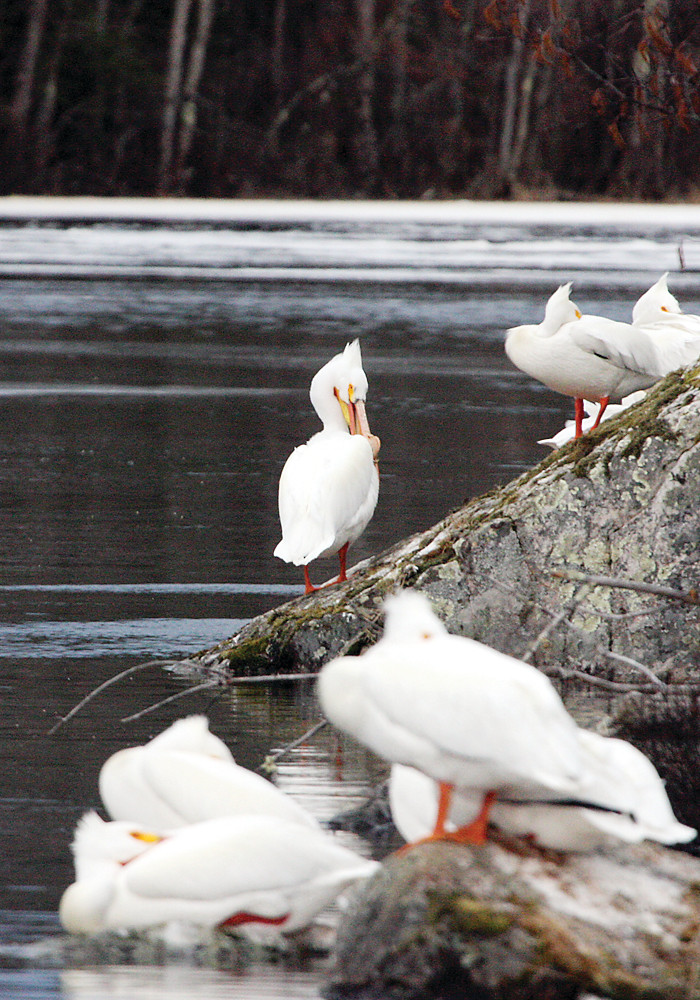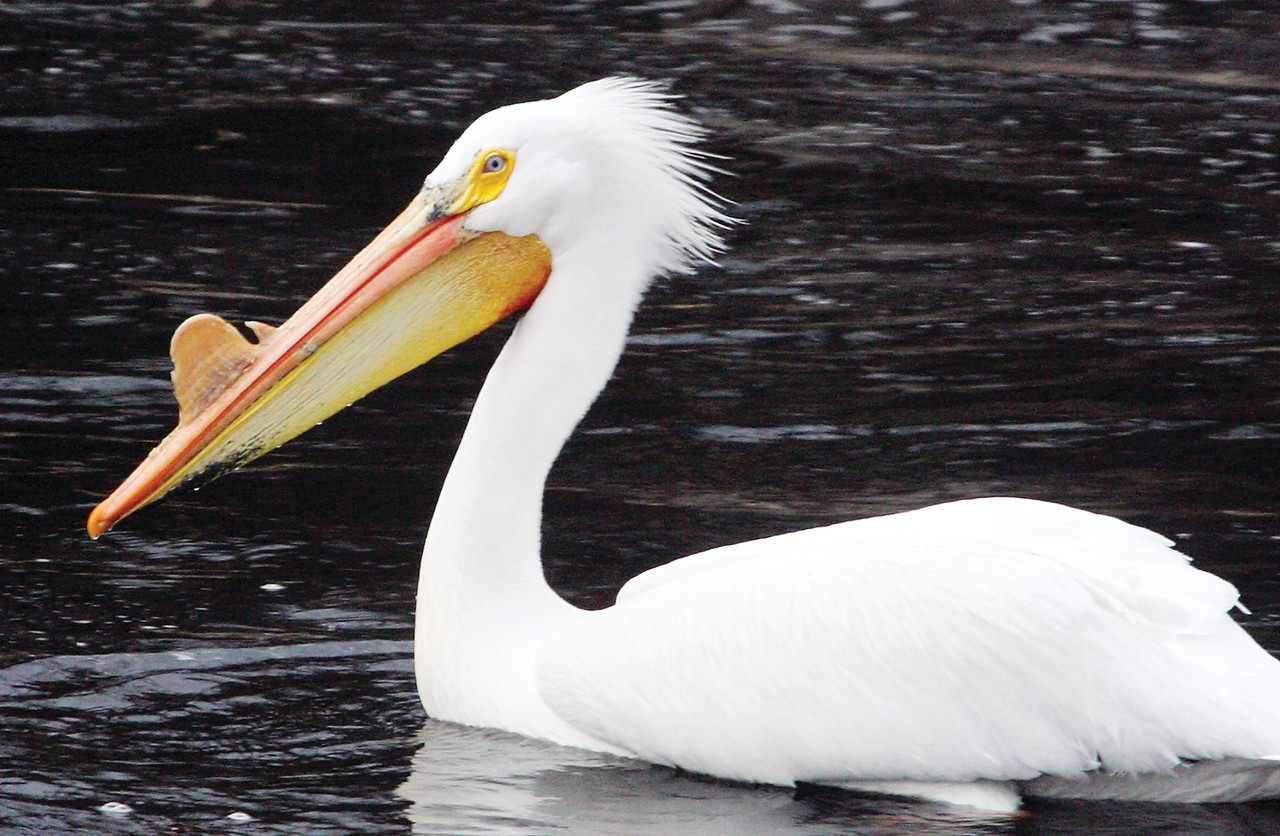Support the Timberjay by making a donation.
Return of pelicans a success story
The return of the white pelican to our region is another in a long line of wildlife success stories, one made possible by the 1970s banning of DDT and the growing respect that Americans now exhibit …
This item is available in full to subscribers.
Attention subscribers
To continue reading, you will need to either log in to your subscriber account, below, or purchase a new subscription.
Please log in to continue |
Return of pelicans a success story
The return of the white pelican to our region is another in a long line of wildlife success stories, one made possible by the 1970s banning of DDT and the growing respect that Americans now exhibit towards wildlife in general. Pelicans were common in the region 100 years ago, but persecution by humans and the effects of pesticides sharply reduced their numbers. By the 1960s, the North American population of the white pelican was down to just 65,000 birds, and they were rarely seen here in Minnesota.
Since the 1970s, however, we’ve seen a slow but steady rebuilding of the pelican population in Minnesota, and we’ve certainly experienced that here in northeastern Minnesota.
White pelicans are among the very largest of birds found in North America. They can grow to nearly six feet in length, making them as long as a trumpeter swan. At up to ten feet, their wingspan is a close second to the California condor. With their unusual beaks, it’s easy to watch a flock of incoming pelicans and imagine a squadron of pterodactyls circling in the sky.
In our region, the spread of pelicans has moved from roughly northwest to southeast in recent years. They’ve been a common presence on Lake of the Woods for more than two decades now, and they first started showing up in decent numbers again on Pelican Lake, beginning in the early 1990s. It was probably ten years ago when they first started showing up on Lake Vermilion on a regular basis, and today they’re hardly an unusual sight there. The past few springs, a couple dozen pelicans have made a regular spring visit to the mouth of the Pike River, where they undoubtedly take advantage of the spring spawning run. While they may take an occasional walleye, pelicans are known to mostly feed on small suckers, perch, and larger minnows. Unlike their coastal cousins, the brown pelican, white pelicans don’t dive for fish. Instead, they feed from the surface, and work most frequently in shallow water, often forming formations to force fish towards shore, where they are easier to catch.
Many of the adult pelicans that flock to our area in the summer are just visiting and don’t necessarily breed from year-to-year. Pelicans are long-lived birds and don’t need to breed every year. They’re more like people that way. They get to enjoy life a little bit, too. Summer at the lake. Winter down on the Gulf Coast. Sounds like a lot of retirees I know.
White pelicans only breed in a relative handful of large colonies. One of the largest in North America is found in southwestern Minnesota, near Big Stone Lake. The colony first formed in 1968, with about 70 nesting pairs. Today, that same colony hosts as many as 15,000 breeding pairs and more than a dozen other colonies have started elsewhere in Minnesota, although there are none in our region, at least at present. But if large numbers of pelicans continue to make their summer home here, don’t be surprised to see a breeding colony in the region sometime in the near future.
For now, it’s just great to have these amazing birds back in the neighborhood— even if they are just “snowbirds.”









